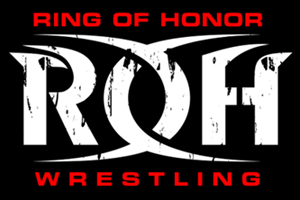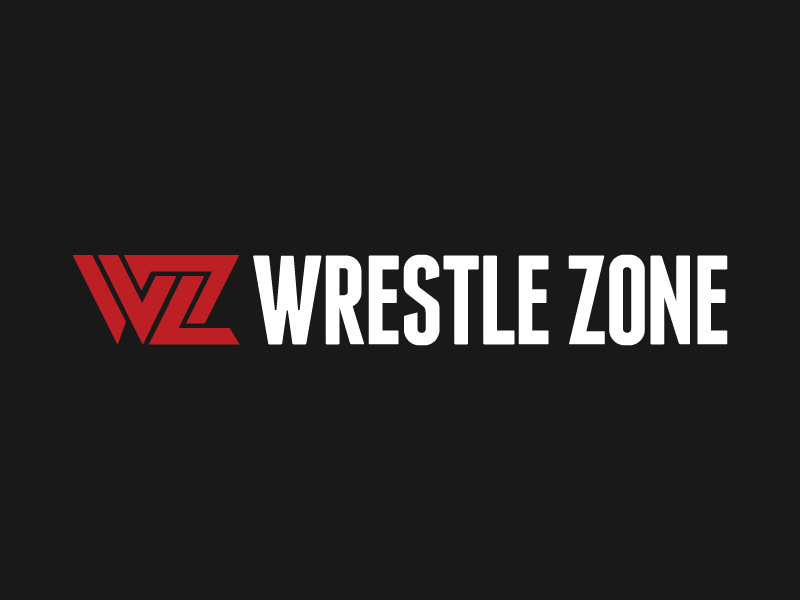Back to the Chicken Farm
 If The Briscoes turned down WWE because ROH made a better offer, it reignites the question: What is WWE paying its performers?
If The Briscoes turned down WWE because ROH made a better offer, it reignites the question: What is WWE paying its performers?
WWE appears to be run via the Jerry Jarrett/Jerry Lawler Memphis model, in which profit is determined before revenue rolls in. The promotion takes its preordained cut, and then divides whatever’s left among the boys. After taking a little more.
Credit the Briscoes. They’re not marks. They’re 31 and 30, respectively, and made a good decision for two performers that would never reach appreciable heights (or pay) in WWE. ROH affords a better schedule and, apparently, more money.
Hey, isn’t Kevin Owens 30?
Looks like Jimmy Jacobs failed at his first assignment. He sure wasn’t hired to actually be creative. By way of evidence: ZOMBIE PRINCESS. Yikes.
Jacobs was hired to recruit his old chums from ROH. He didn’t get the Briscoes. Maybe Jacobs pulled an inside job to get Samoa Joe. When Jacobs helps WWE get everybody it wants from ROH, he’ll be future-endeavored.
When the WWE Network was introduced, it brought about a drastic change in what WWE performers were paid for. It muddied those waters. The end result was always going to be more for the McMahons, less for the wrestlers. Very few at WWE know exactly what they’re going to make. So, most make less.
From the high mid-card on down, WWE paychecks have decreased. That was the talk at ‘Mania. Why is that?
One ex-WWE performer told me that NXT guys earn at a “poverty level.” Sure, minor-leaguers should get less. But how much less?
Somebody like Finn Balor got a good deal because he did well financially with New Japan. Unless he’s a mark. One report says that NXT performers earn between $35-50K per year. That’s minimal given the profession’s demands.
As always, the lone objective in wrestling – at every level of the business – is to make as much money as possible. WWE is. Its employees aren’t.





